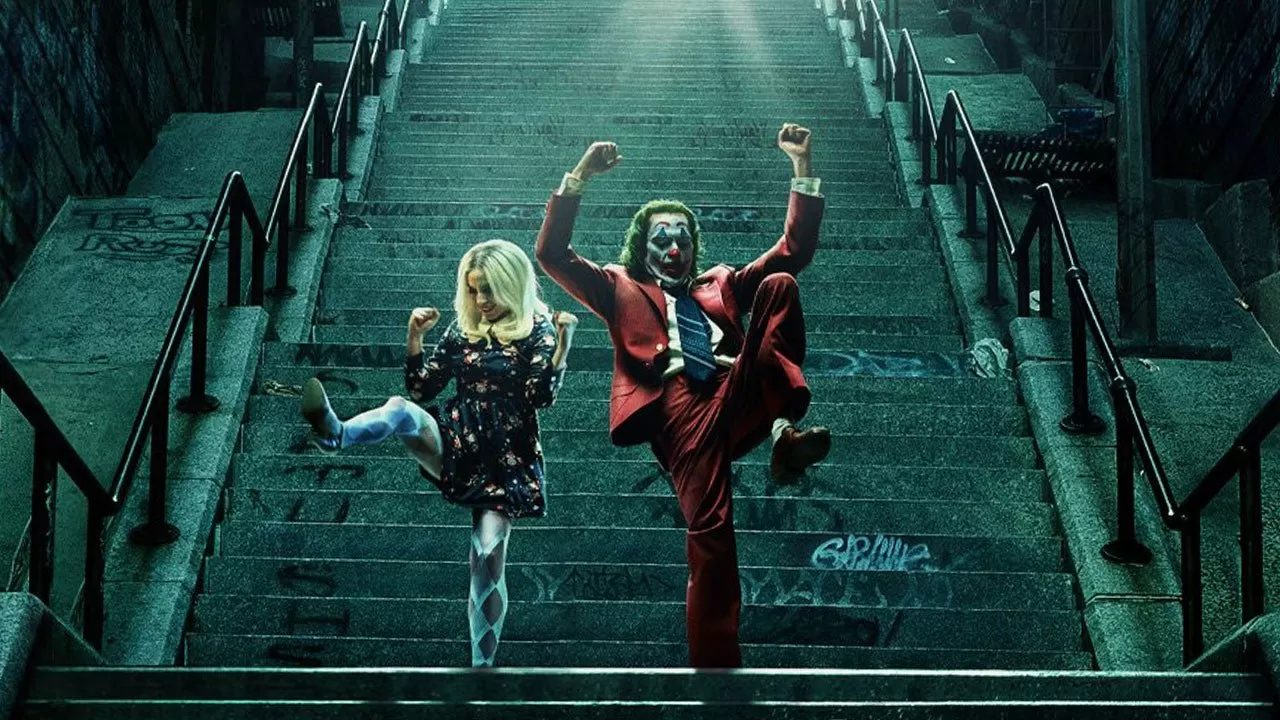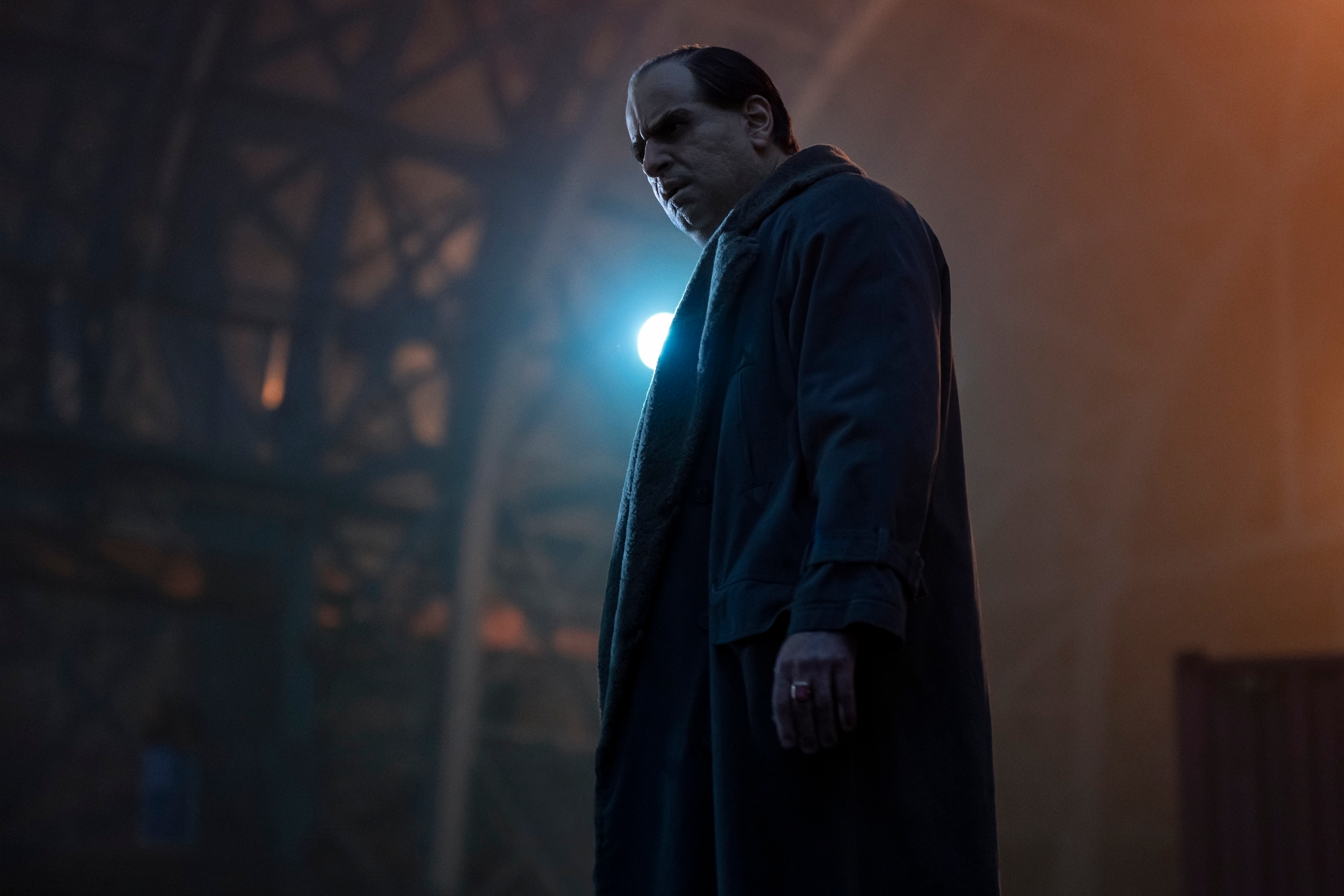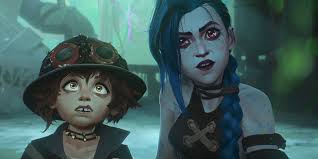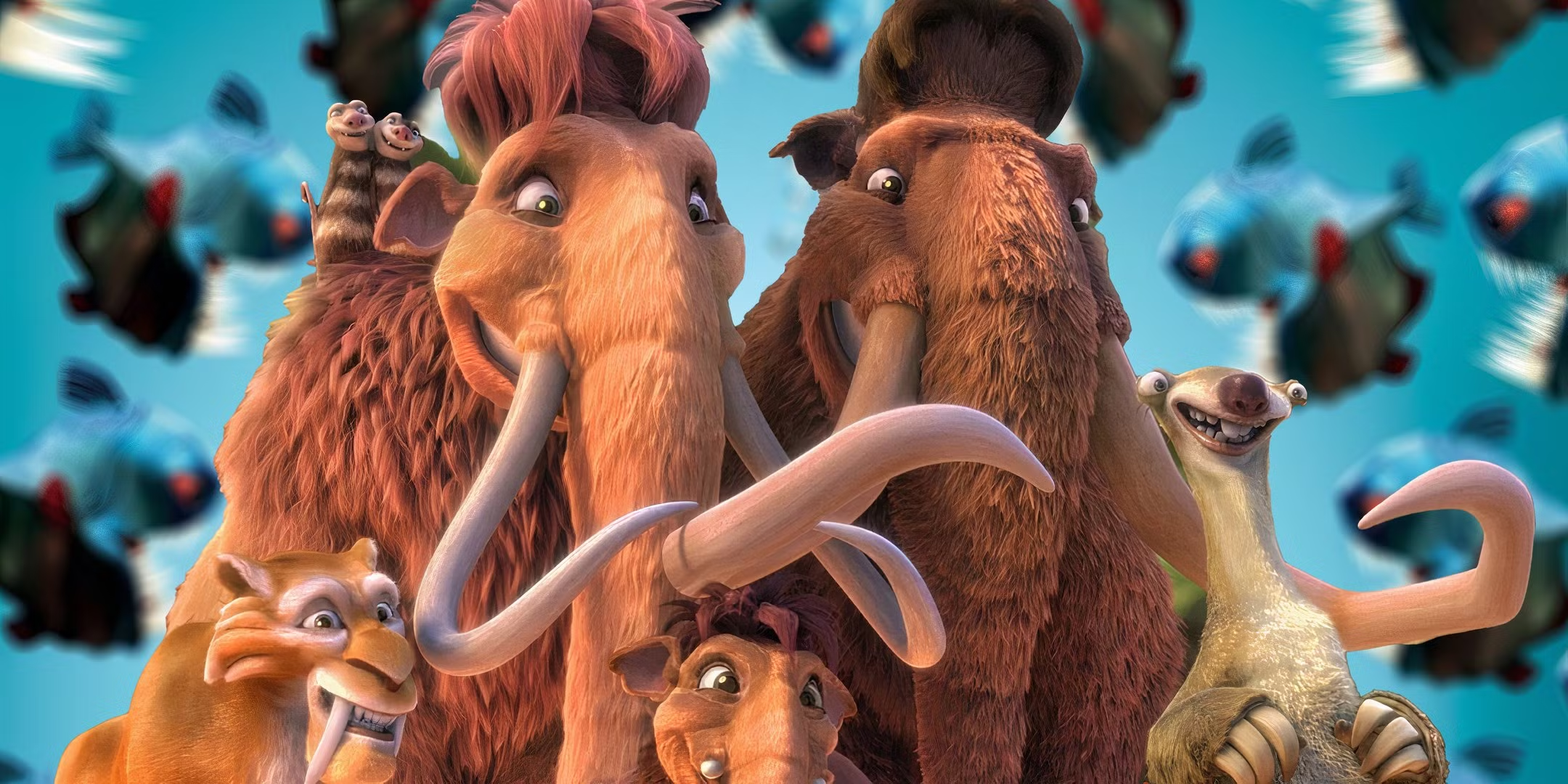The anticipation for Joker: Folie à Deux was immense. Following the massive success of 2019’s Joker, which captivated audiences with its raw, psychological depth, the sequel had high expectations to meet. However, what was intended to be a bold creative leap took a surprising turn that left audiences polarized. The decision to transform the narrative into a musical—coupled with Lady Gaga’s highly anticipated but underwhelming role—created a disconnect. The film’s ambition to break genre norms overshadowed the core elements that made the original so compelling, ultimately leading to its downfall.
While the original focused on an intimate portrayal of Arthur Fleck’s descent into madness, Folie à Deux’s excessive use of musical sequences and courtroom drama dragged the pacing. Fans and critics alike found themselves distanced from the gritty realism that had previously defined the Joker’s character.
Swifting to Musical Format
The most divisive aspect of Joker: Folie à Deux was its transition to a musical, a stark departure from the grim, psychological tone of the original. While musicals can offer depth through expressive performances, the format clashed with the film’s dark themes. Many fans expected the sequel to delve deeper into the gritty realism that defined Arthur Fleck’s transformation into the Joker, but the sudden bursts of elaborate musical numbers disrupted the film’s flow. Instead of enhancing the story, these sequences felt out of place, creating a disconnect for viewers who had anticipated a more grounded narrative.
Lady Gaga’s musical talents, though impressive, were overshadowed by the tonal inconsistency between the film’s dramatic elements and its musical interludes. The contrast between courtroom scenes and surreal musical breaks made it difficult for audiences to stay emotionally invested in the story. While some moments of the musical format offered creative flair, they ultimately failed to mesh with the psychological intensity that made the original film so compelling.
Underutilization of Lady Gaga
Lady Gaga, who played Harley Quinn, was expected to bring a unique dynamic to the film, but many critics felt her talents were not fully utilized. Instead of being a central figure, her role was more subdued than anticipated, with much of the focus on Joaquin Phoenix’s Joker. Fans hoped for more of a collaborative performance between the two, but Gaga’s scenes were limited, leaving viewers disappointed with her involvement.
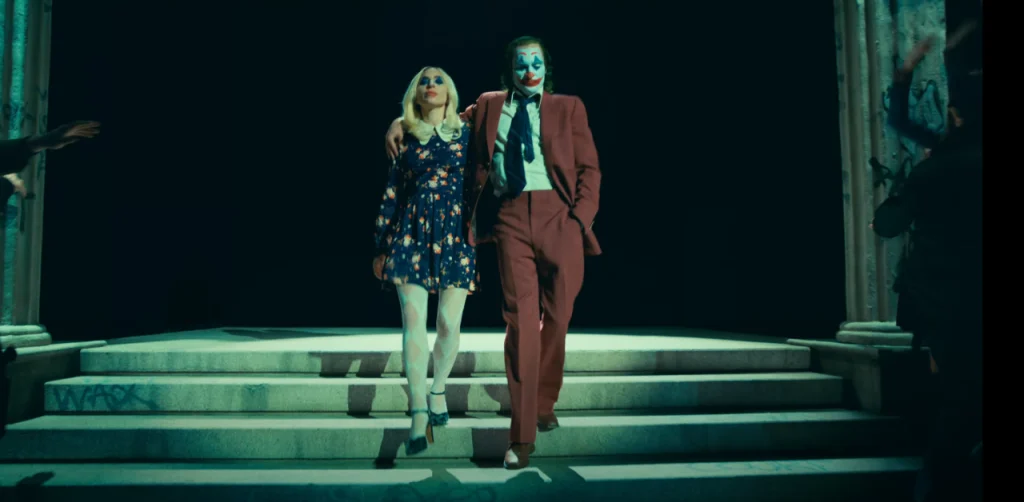
Read Also : Gaming Wallpapers That Bring Your Favorite Games to Life
Courtroom Pacing and Plot Issues
A major critique of Joker: Folie à Deux involved the extensive courtroom scenes, which contributed to the film’s sluggish pacing. Rather than building suspense or driving the narrative forward, these sequences were drawn out, causing the film to lose momentum. The choice to focus heavily on legal proceedings, while meant to explore the psychological intricacies of the characters, ultimately felt tedious. Much of the tension and dynamism expected from a Joker film was overshadowed by lengthy monologues and static courtroom settings, leaving audiences disengaged.
In addition, the plot structure lacked cohesion, with the film attempting to blend intense character study with erratic musical numbers. This led to a narrative that felt disjointed, as it oscillated between the grounded, somber tone of the courtroom scenes and the surreal, sometimes bizarre musical interludes. As a result, the story failed to achieve the same emotional depth and narrative cohesion that made the first Joker so captivating.
Expectation vs Reality
One of the key reasons Joker: Folie à Deux struggled was the inevitable comparison to its predecessor. The original Joker was lauded for its raw, gritty portrayal of Arthur Fleck’s descent into madness, with a tone that was bleak but deeply captivating. In contrast, Folie à Deux ventured into a more experimental direction, sacrificing much of the psychological intensity for musical sequences and courtroom drama. Where the first film was grounded in a harsh realism, the sequel leaned into surrealism, leaving fans disconnected.
While Joker focused on character development, drawing viewers into Fleck’s internal turmoil, Folie à Deux attempted to explore similar themes but through disjointed narrative devices. The tight, character-driven plot of the first film was replaced with erratic pacing and tonal shifts, diminishing the emotional impact. The balance that made Joker so powerful was lost, as the sequel struggled to reconcile its darker elements with its ambitious, but misplaced, creative decisions.
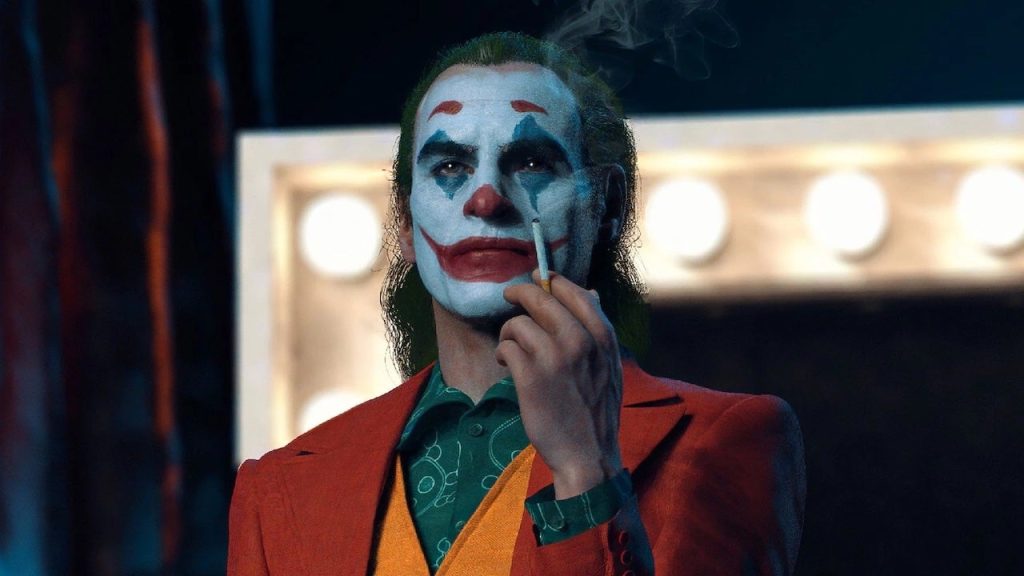
To Wrap It Up
Joker: Folie à Deux faced significant box office struggles, with reports indicating an opening weekend of only $37-40 million, a stark contrast to the original film’s billion-dollar success. Critics expressed disappointment, highlighting that tonal inconsistencies and a lack of character depth led to a disengaging experience. Review aggregator sites reflected this sentiment, as the film garnered a 33% rating on Rotten Tomatoes and a score of 5.3/10 on IMDb, indicating a mixed to negative reception.
Inevitably, the sequel was compared to its predecessor, which was celebrated for its raw, gritty portrayal of Arthur Fleck’s descent into madness. While Joker focused on character development and psychological depth, Folie à Deux ventured into more experimental territory, prioritizing musical sequences and courtroom drama over the intimate storytelling that captivated audiences. This disjointed narrative structure, combined with the absence of the emotional intensity that defined the first film, contributed significantly to its failure.
Moreover, the marketing strategy employed for Folie à Deux may have compounded its issues. The film was heavily promoted as a musical, which alienated many fans who anticipated a continuation of the original’s dark, psychological narrative. The promotional materials focused on its musical elements rather than the deeper themes and character arcs, which might have led to unrealistic expectations. This disconnect between marketing and the final product further contributed to audience disappointment.
Ultimately, Joker: Folie à Deux serves as a cautionary tale about the difficulties of sequels that stray too far from their successful formulas. Despite ambitious creative choices, the core elements that resonated with audiences in the original film were lost, resulting in a viewing experience that was met with confusion and disappointment. Critics have emphasized the importance of maintaining a balance between innovation and audience expectation, a lesson that appears to have been overlooked in this sequel.
Read Also : Top 5 Reasons to Play the New Silent Hill 2 Remake

